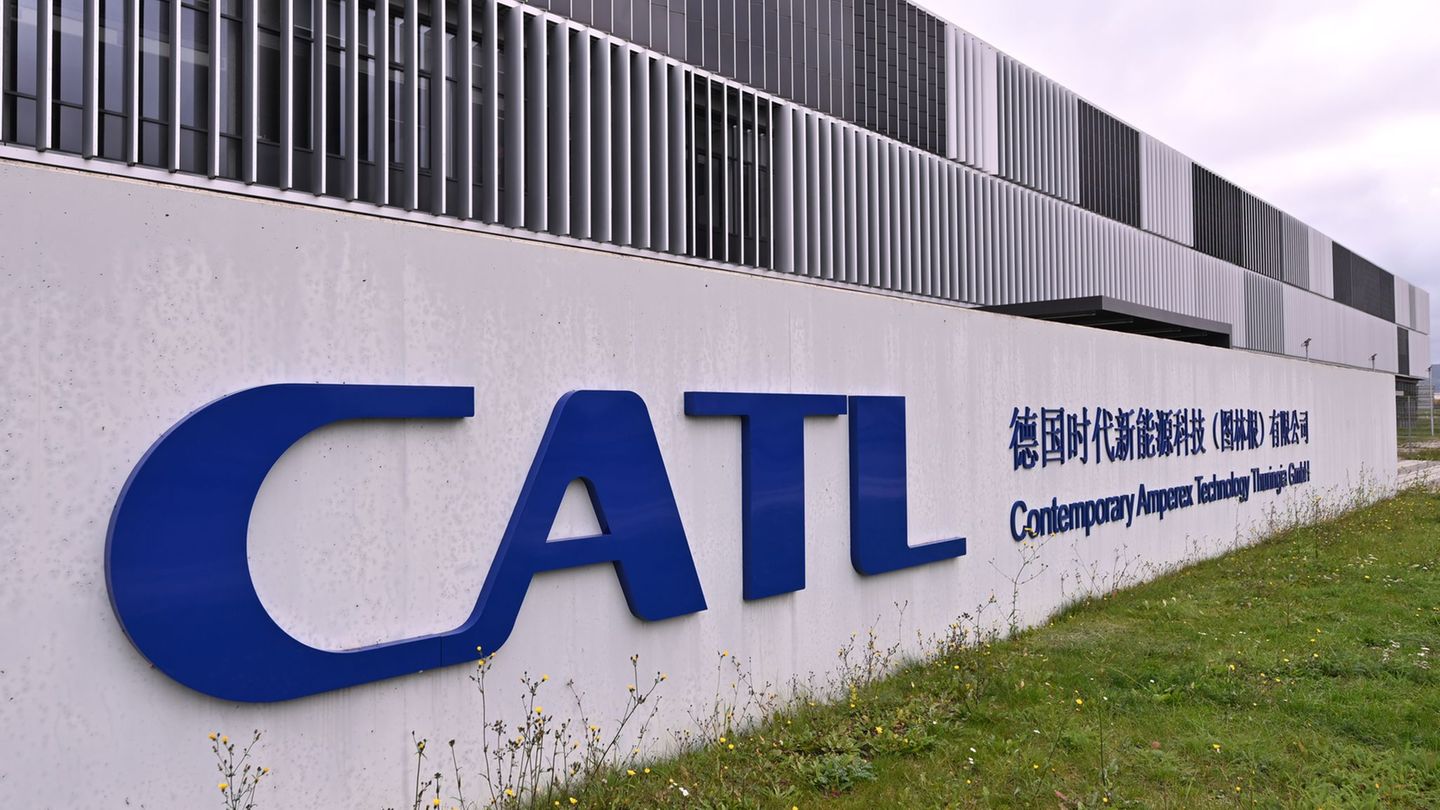“Our food palette is as diverse as our livestock. It ranges from meat for the lynx to eucalyptus for the koalas and leaves for the colobus monkeys. Our feed costs around 80,000 euros per month,” reported zoo director Stephan Hering-Hagenbeck.
The penguins, seals and pelicans mainly ate 30 tons of fish: sustainably fished and certified marine fish from the North Sea and regional freshwater fish from a pond in Laxenburg, as the zoo emphasized. Meerkats, pygmy silky monkeys and the like have their mouth watering with insects. This year the zoo fed 3,200 liters of house crickets, mealworms and large black beetle larvae from the in-house insect farm.
This video is disabled
Please activate the categories Performance cookies and Functional cookies in your cookie settings to display this element. My cookie settings
A big item on the food list is 50 tons of fruit and vegetables. Regional, seasonally available varieties are preferred. There are also 95 tons of carrots from the Marchfeld, which many like to eat: from bison to elephant. 28 tons of apples are also supplied by an apple farmer in Styria.
“Our bird species primarily eat the large amount of fruit,” said feed master Michael Kober. “For most mammals, fruit is just a treat because of its high sugar content.” The food specialists are the giant pandas with 27 tons of bamboo per year and the colobus monkeys, which need leaves all year round. To do this, leaves are frozen for the winter. Some of the food plan may surprise you: A sugar-free sponge cake is baked for the orangutans. The elephants, who eat huge amounts of hay, also appreciate onions – because of the essential oils.
Source: Nachrichten




